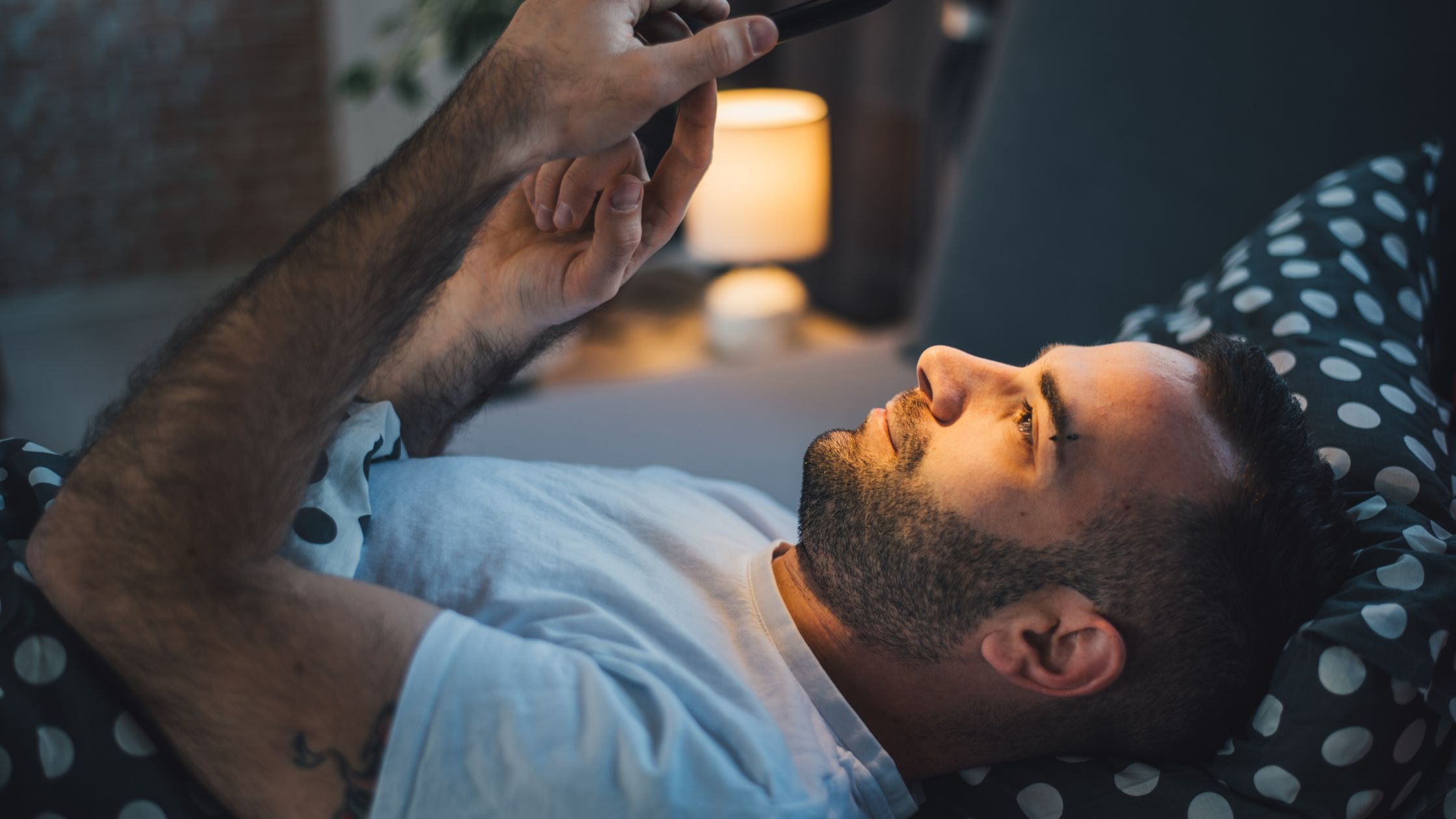Blue Light: Blue Alert
Blue light has been with us all day long since smartphones, tablets and computers became part of our everyday lives. We are said to use our cell phones alone up to 150 times a day. According to a study by auditing firm EY, Germans aged 21-30 spend 6.9 hours a day surfing, using apps and playing games.
Blue light is not as harmless as you might think. These are rays that penetrate deeper into our skin than UVA rays. Although research is still in its infancy, creams and glasses are already available to protect the skin and eyes from the effects of blue light.
Blue Light – what exactly is it?
Blue light is not an invention of the computer age. Blue light, known as HEV light (High Energy Visible Light), has always existed. It is the visible light that colors the sky such a beautiful blue. In the wave spectrum, it lies directly next to the UV range, so it also occurs in normal daylight. It makes up almost half of the sunlight spectrum. But it’s not just our popular communication tools that emit blue light, neon tubes and modern LEDs do too.
Excessive exposure to such light sources can damage the eyes and disrupt the sleep-wake rhythm. This has been scientifically proven. But blue light also has its good sides: In small doses, it can also have positive effects, just like sunlight. In dermatology, blue light has been used for years specifically to treat acne and neurodermatitis. Studies have shown that it also benefits the psyche, e.g. in cases of winter depression.
Do you already have a “screen face”?
Less encouraging is a more recent finding that radiation causes us to age prematurely. Experts speak of “indoor smog” and the “screen face”. “Blue light penetrates deep into the lower layers of the skin,” explains Swiss dermatologist Dr. Felix Bertram. “We assume that the high-energy blue light causes oxidative stress in the skin, similar to UVA radiation.”
On its way into the deep tissue layers, HEV forms large quantities of free radicals, which cause the destruction of important connective tissue fibers such as collagen and elastin. This in turn causes wrinkles to appear at an early stage and the skin loses elasticity, particularly in the chin and cheek area. In addition, the natural barrier layer becomes weaker and therefore more susceptible to external influences. This then manifests itself in irritation and redness, for example.… weiterlesen

CultureAndCream Author from Munich
To travel during my profession as a beauty journalist was never enough for my. Also my six month on a world trip didn’t do it. It always attracts me to other cities, foreign countries, on roadtrips and places I don’t know yet. But I am not only interested in “culture” and “cream”, I am also fascinated by people who have stories to tell . Such unique experiences I want to share with you.
